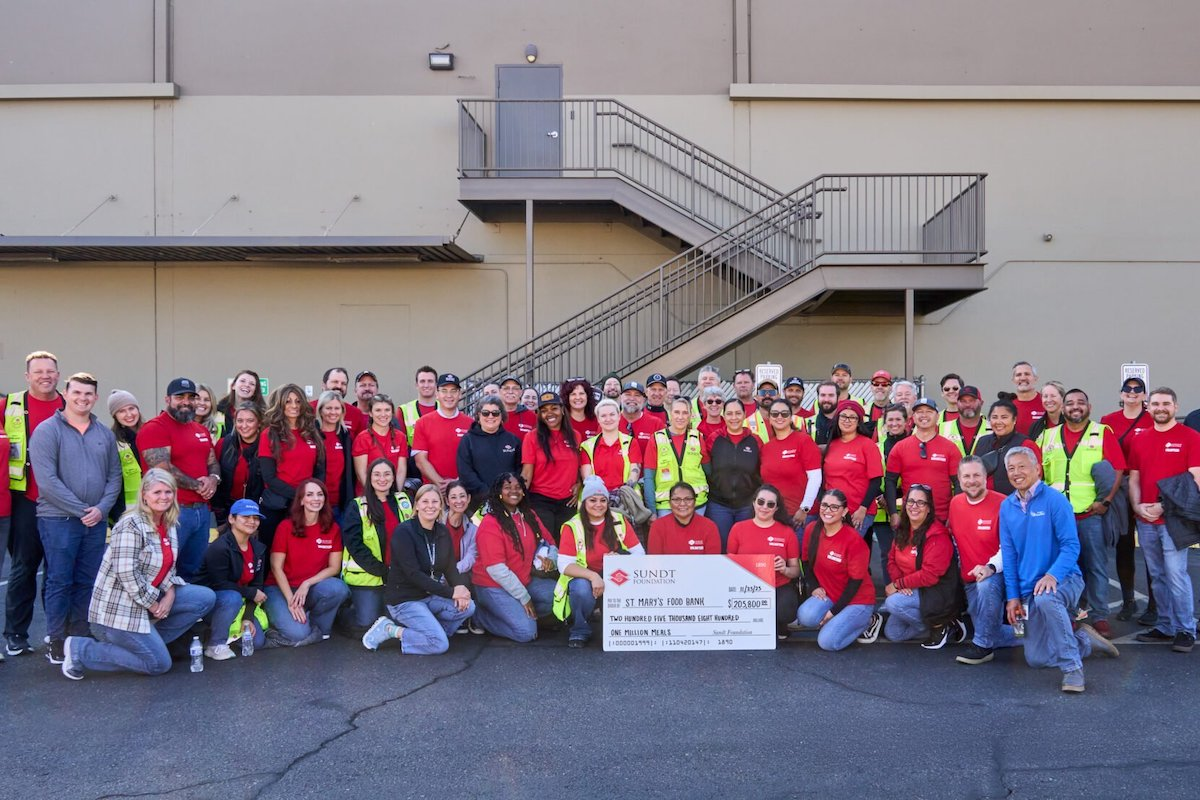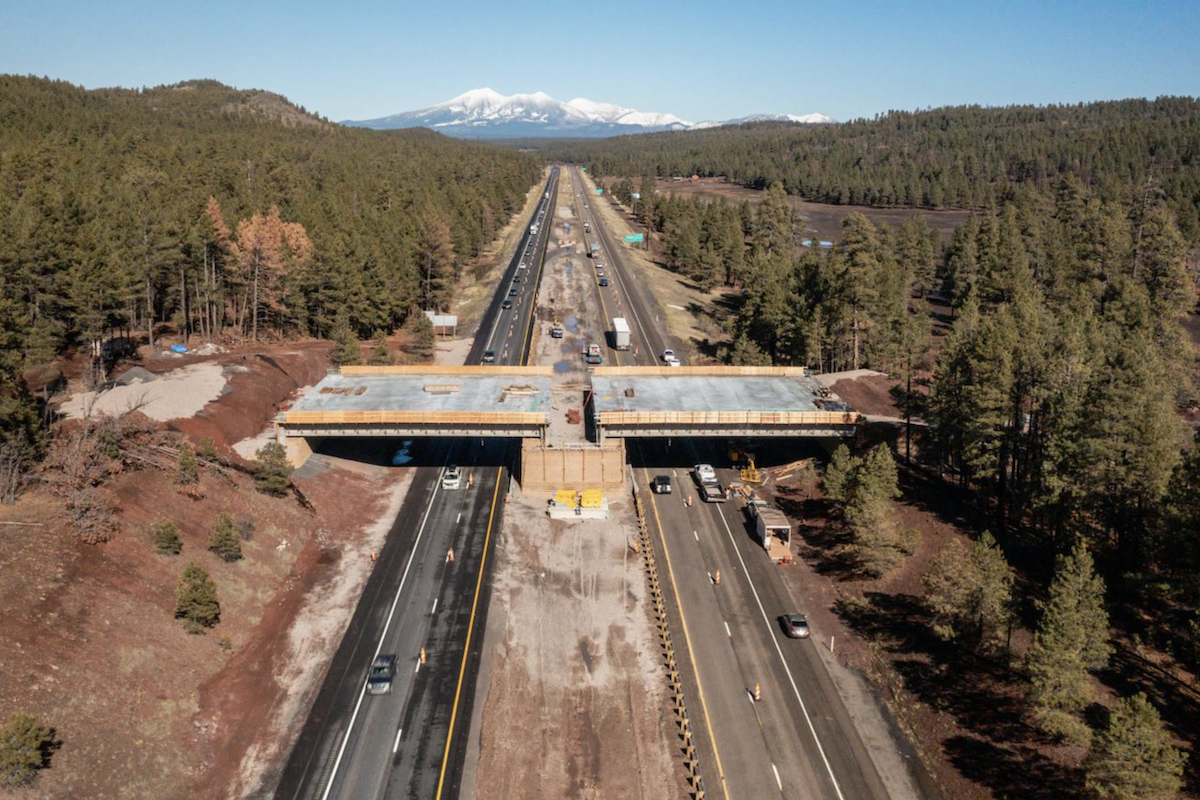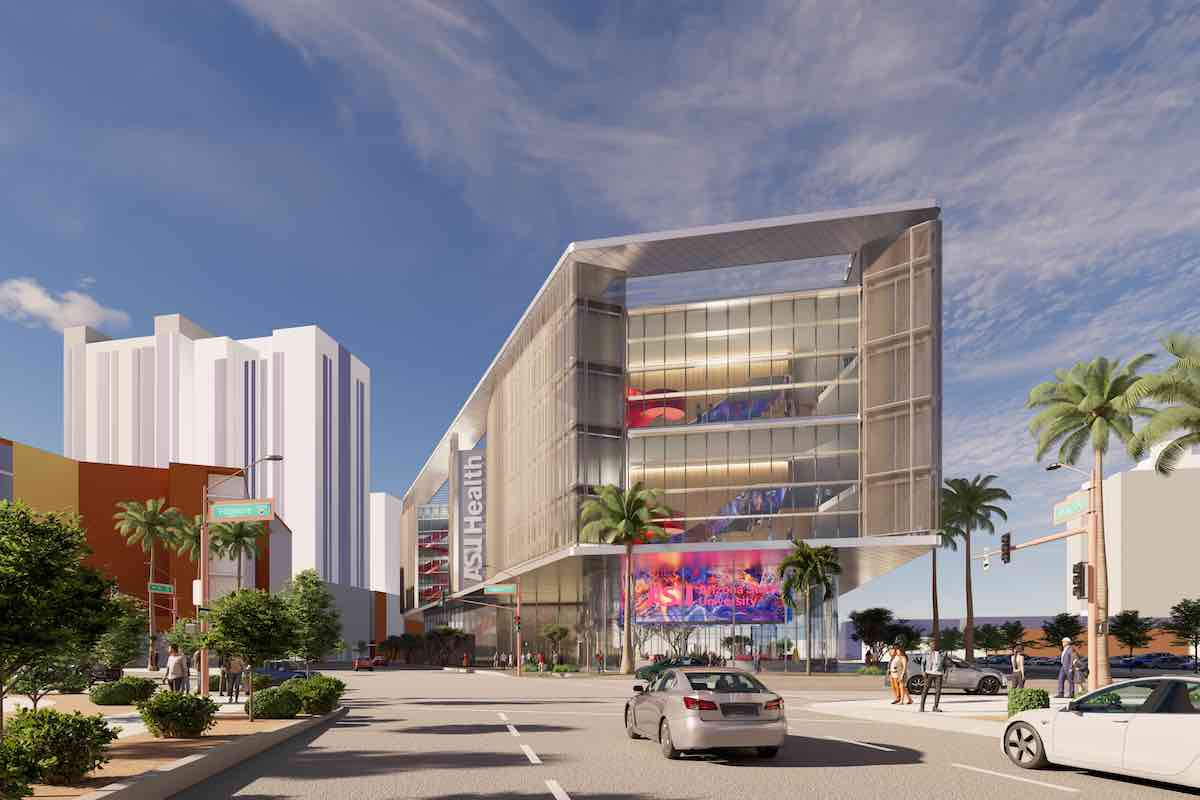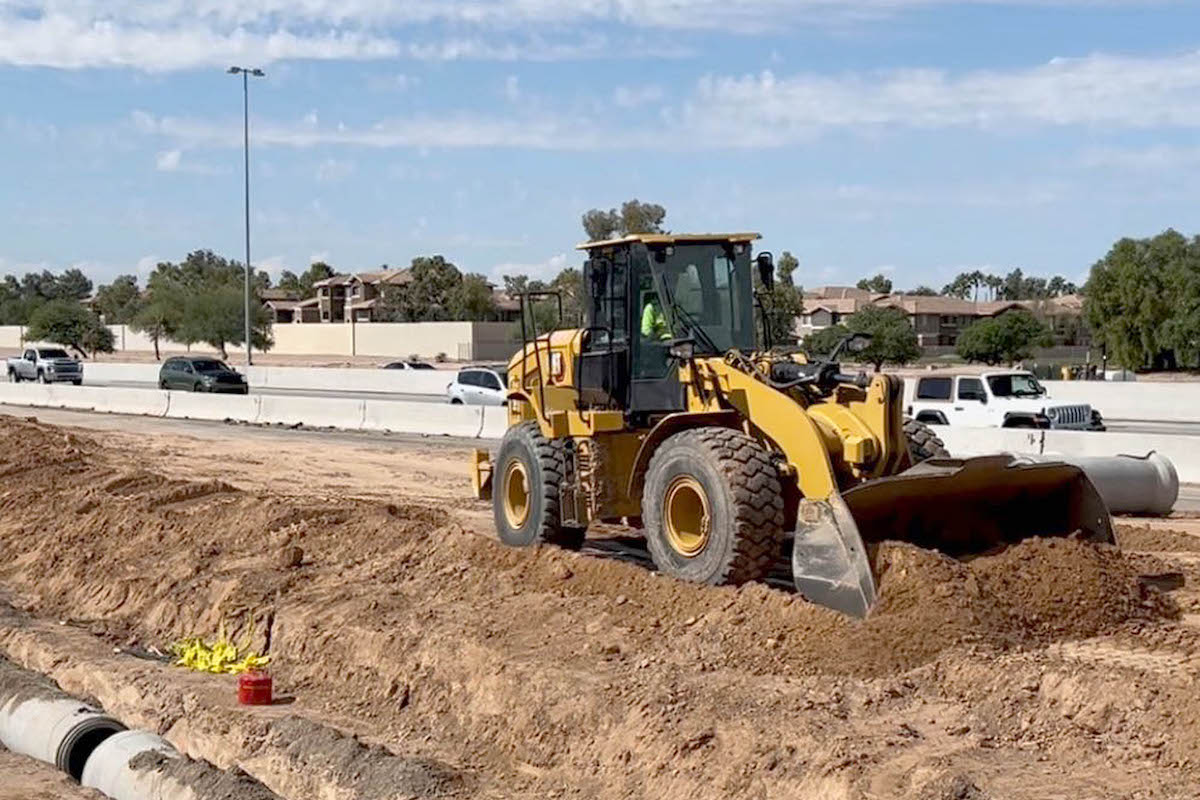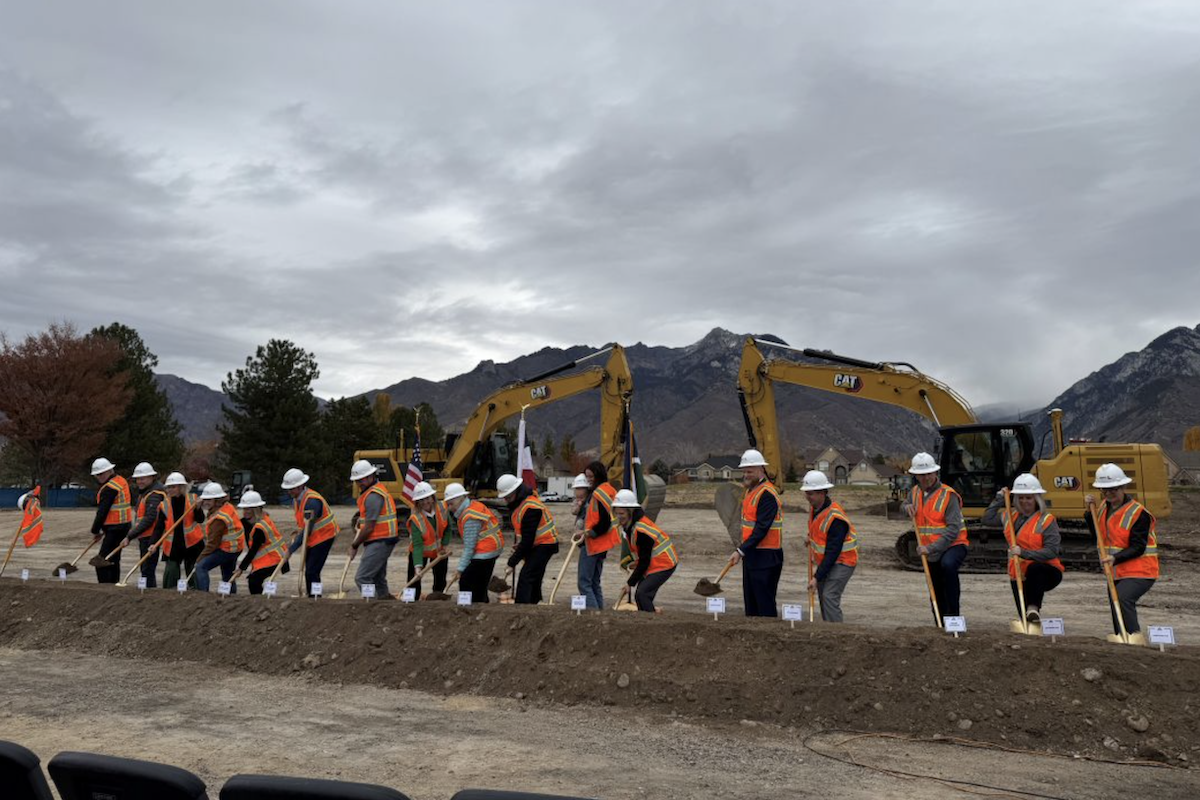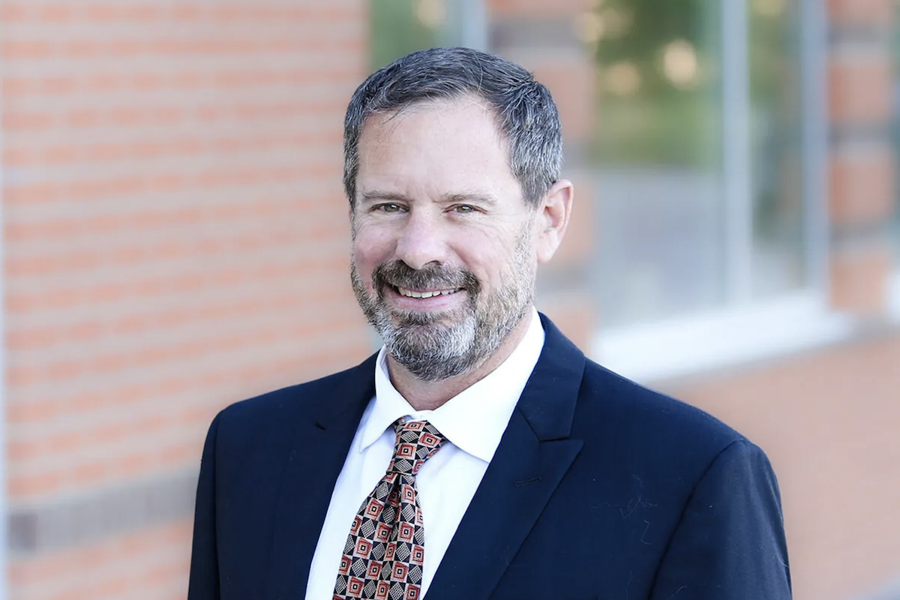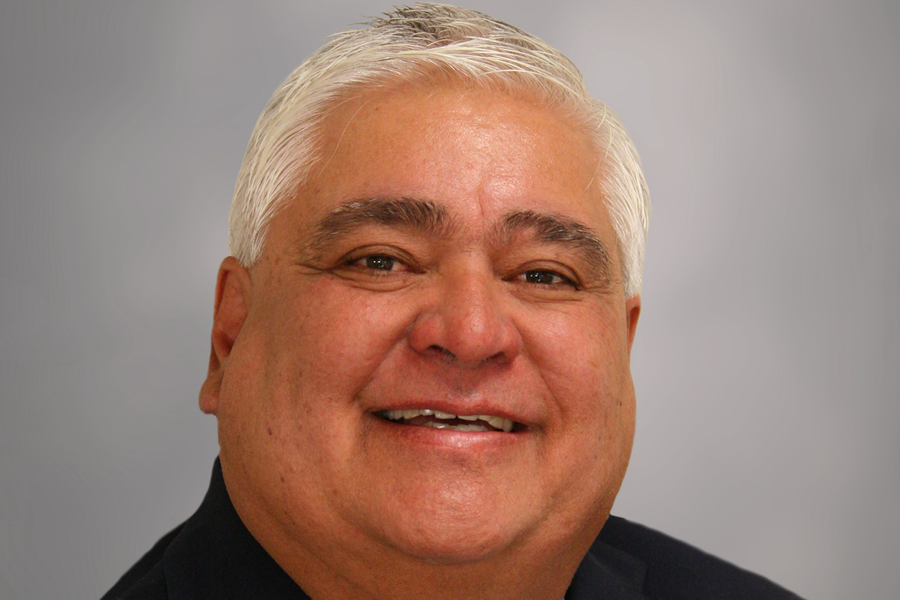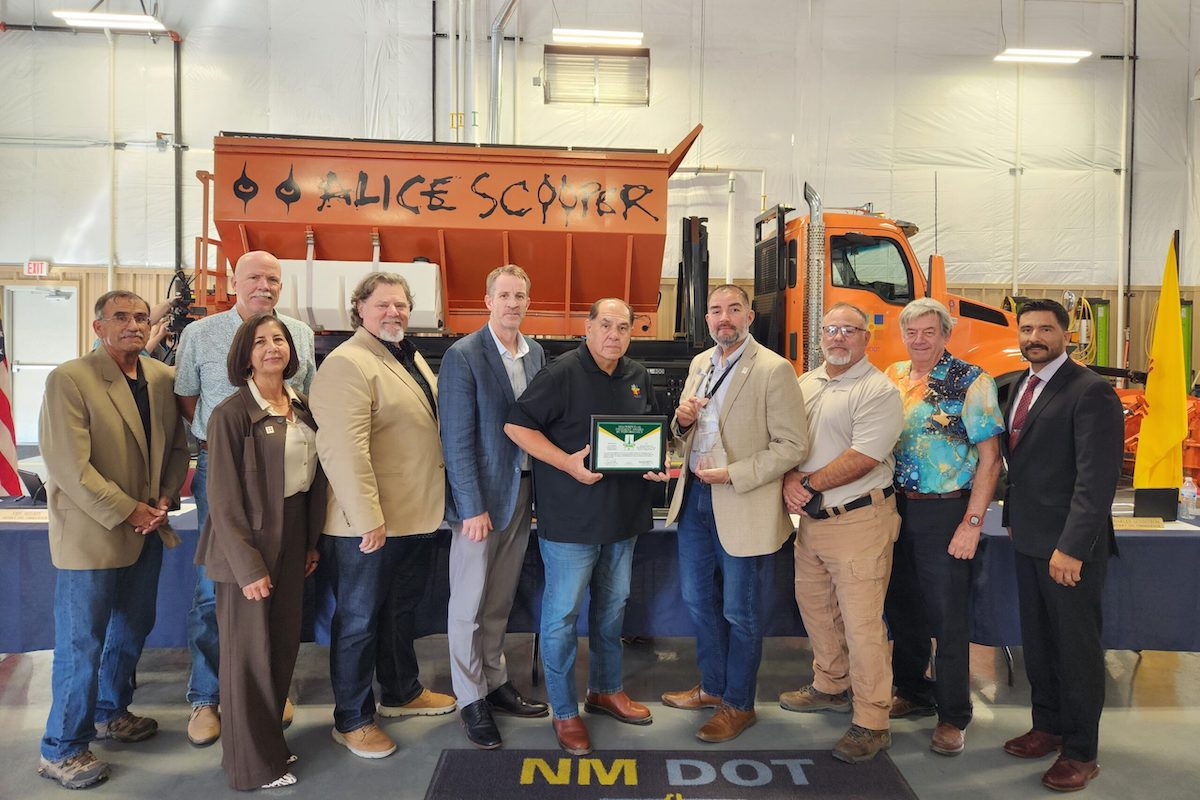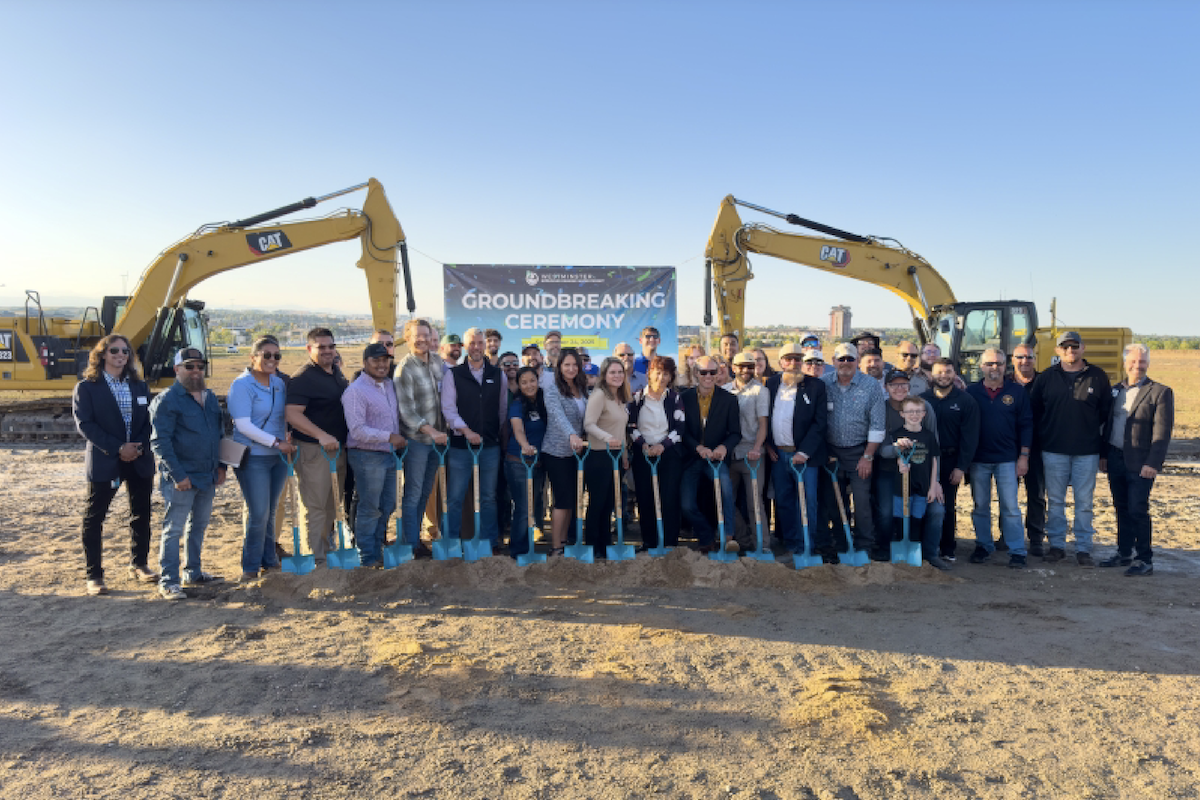“This was an amazing design opportunity from a creative standpoint,” says Wallis, an associate, who has been with FFRK for 12 years. “We basically recreated a Costa Rician rain forest in the middle of Utah where we have 100-degree temperature swings.”
Located midway between Salt Lake City and Provo, Utah, Thanksgiving Point is an interactive, non-profit farm, garden, and museum complex that draws on natural wonder to cultivate family learning. The new Butterfly Biosphere designed by FFRK and built by Okland Construction is a 45,000-square-foot facility consisting of three primary components: an interactive discovery space, a 7,500-square-foot nature-themed indoor playscape, and the living conservatory space. At 10,000 square feet, the conservatory is the largest of its kind in North America and home to thousands of living butterflies and plants year-round. The challenge of articulating a hyper-realistic, yet ADA accessible tropical jungle indoors is one Wallis and the team at FFRK will never forget.
“The Butterfly Biosphere invites users to look closer at small but significant invertebrates, in an exploratory setting,” says Wallis. Home to more than 1,500 butterflies from around the world living among dozens of species of tropical and flowering plants, the conservatory combines highly sensitive thermal control and ventilation systems with a landscape of rock forms and dense vegetation. “The design needed a dynamic topography of hills and sloped pathways meandering through the conservatory. Geofoam from Atlas Molded Products allowed us to create that topography.”
At the Butterfly Biosphere, the vision began with flowing rock formations incorporating trickling water, tree stumps, a stream, and pond. The winding guest way features interactive components that string together the latest technology with the immersive tropical experience surrounding visitors as butterflies flit about. Beneath it all, the rigid, reliable molded polystyrene from Atlas Molded Products.

| Your local Trimble Construction Division dealer |
|---|
| SITECH Northwest |
| SITECH Rocky Mountain |
| SITECH Southwest |
“Molded polystyrene Geofoam makes an ideal building material where the design requires a unique, sculpted form that is lightweight but still very durable,” says Wallis. “It allows craftsmen to articulate very complex, detailed designs. It is easy to correct mistakes or change directions and once we coat it with GFRC, it’s extremely strong and solid.”
“Using Geofoam allowed us to think three-dimensionally about what the experience could be,” says Wallis. “We created accessible paths that fluidly change elevations among realistic carved rock, landscaped mountains. We were able to create an entire ecosystem exactly as we imagined, and the Geofoam never restricted us.”















